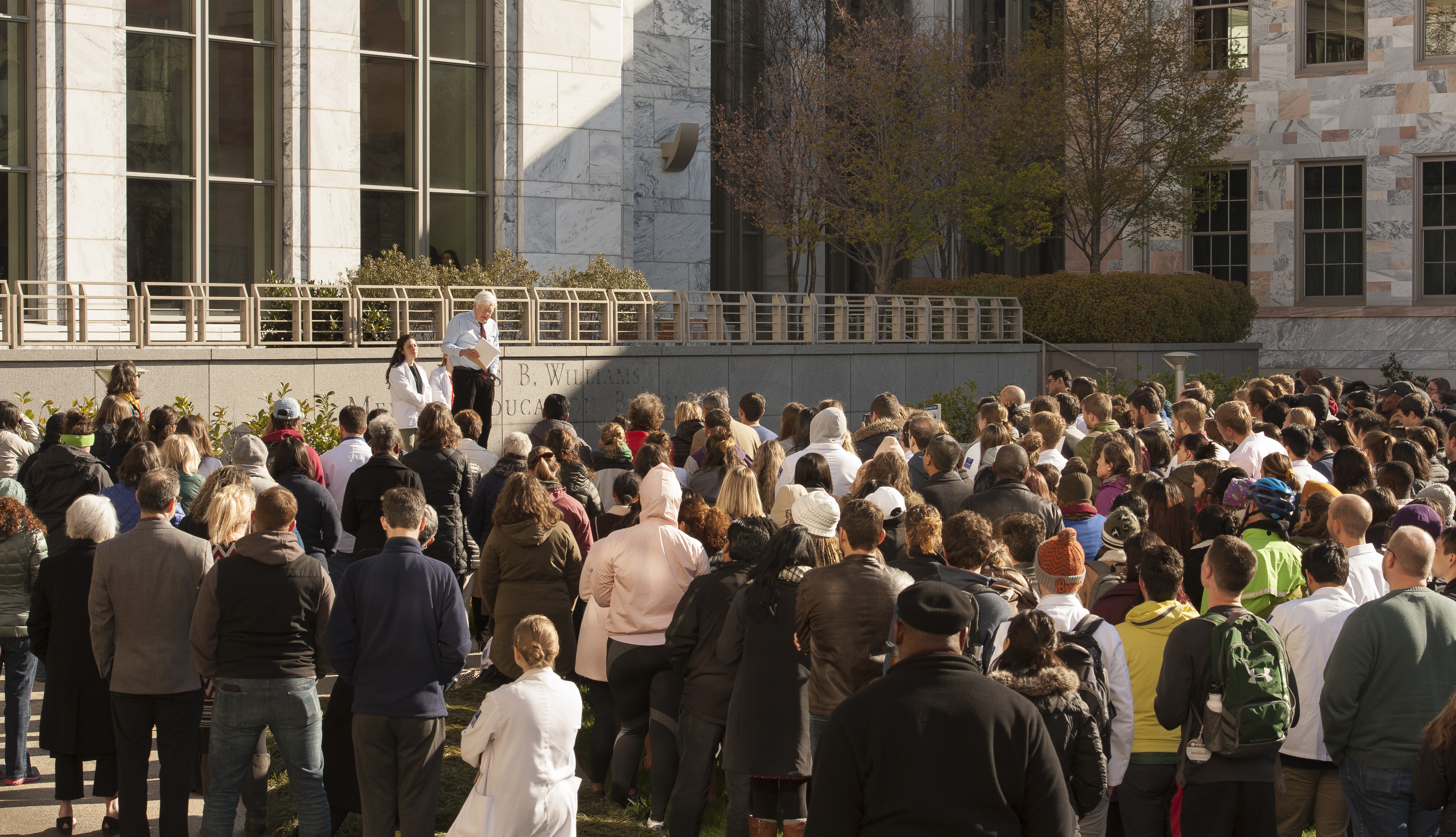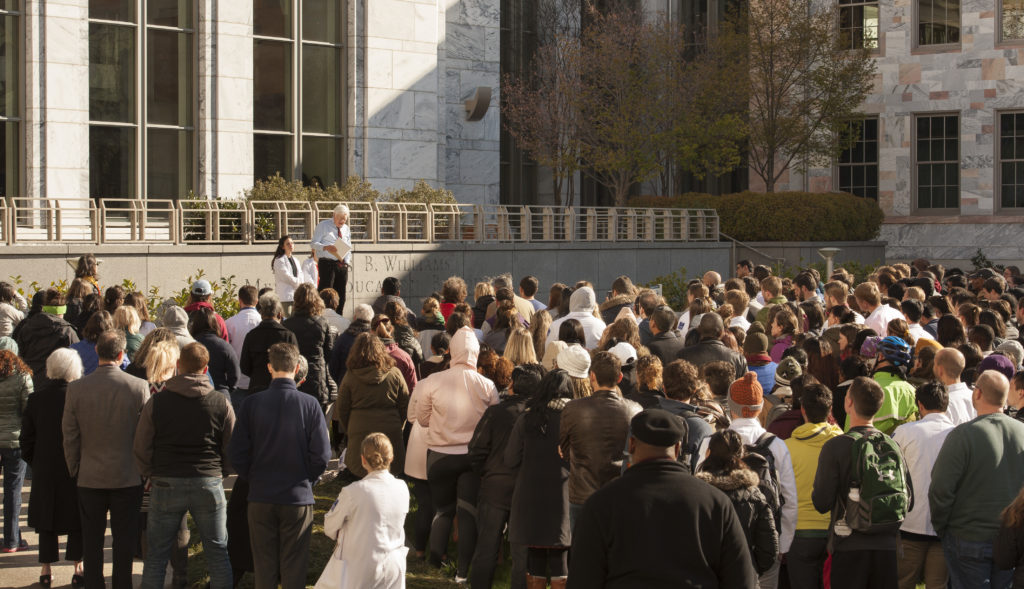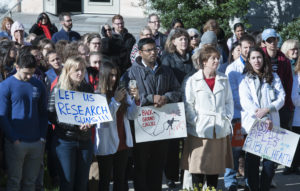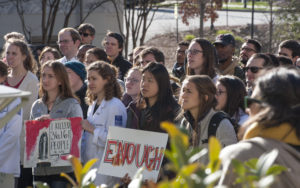I like video games. I don’t often lay down my hard earned money on them, but the good thing is that I’m so bad at video games that it typically takes me over a year to complete a single game. “Rise of the Tomb Raider” was the first game I ever popped into my Playstation 4 when I received it last Christmas. I had only dabbled in old PlayStation 1 “Tomb Raider” games before and didn’t care too much for them, but Square Enix’s reboot was an entirely different beast. This was a rich, lush, grounded, yet still incredibly fun game that balanced serious and campy amazingly. This led me to explore more that Lara Croft’s world had to offer, and soon I found myself a fan.
When it comes to film adaptions of video games, however, the road has been much rockier. While there have been dozens of attempts, none have ever truly broken the curse of actually being universally praised. In my mind, the only good film adaption of a video game was the 2006 adaption of “Silent Hill,” but even then, it strayed heavily from the source material, and wasn’t well-received by critics at the time. While this isn’t the first time we’ve seen Lara Croft on screen before, as the Angelina Jolie movies, released in 2001 and 2003, respectively, has its fair share of fans, this is the first time we get to see a more grounded, less sexualized Lara come into her own, led none other by Academy Award Winner Alicia Vikander.
Lara Croft (Alicia Vikander) is a fiercely independent young woman living in London, working for a food delivery service, and moonlighting as a boxer. What all of her friends don’t know is that she is the heiress to missing billionaire Richard Croft (Dominic West), presumed dead. Finally coming to the conclusion of her father’s death, as well as being in need of money after a brush with the law, Lara, with the help of her father’s girlfriend, Ana (Kristin Scott Thomas), signs the papers to receive her inheritance. Receiving a puzzle from her father in his will, Lara discovers with it that her father, a archeological explorer, was searching for an island off the coast of Japan called Yamatai, home to the tomb of an evil force known as Himiko. Believing her father is still alive, Lara travels to Yamatai, where she discovers the evil forces of the corporation known as Trinity, seeking to open the tomb for their own sinister purpose before Richard could. Captured, Lara must escape from Trinity’s grasp, and prevent them from wreaking havoc on the world before it’s too late.
“Tomb Raider” is not the film you go into expecting a straight-faced, completely serious time at the movies, nor should it be. Even if it is more grounded in reality than the previous series, a film like this should be 10 tons of fun, and it is with the right mindset. As a fan of the games, I wanted the film to bridge the gap between the two major discrepancies that plague video game films: 1. It playing it too close to the games, losing its cinematic heft in the process, and 2. Straying so far from the game for cinematic effect that the essence of the game is lost. While it’s not a play-by-play adaption of the 2013 game, it finds a middle ground between the two discrepancies that makes “Tomb Raider” feel a lot more complete and satisfying than most video game movies do. Even when you remove the comparative aspect of linking it with similar movies, “Tomb Raider” still stands on its own too feet just fine.
That doesn’t mean it’s perfect by any means, if only because the film does tread familiar territory that other films have done before, and occasionally even better. There are a lot of different vibes that “Tomb Raider” puts across that remind me of other films; it’s one part “The Hunger Games,” one part “Indiana Jones,” and one part “The Mummy” (the Brendan Fraser one, not that Tom Cruise crap). Director Roar Uthaug has a good eye for a lot of this, like we saw in “The Wave” two years ago, but his direction, and hopeful retainment in the series, certainly makes excited for a “Rise of the Tomb Raider” sequel that opens up the far more original elements of the “Tomb Raider” game series to unfold on screen.
One of my biggest fears going into the film was that Vikander would not be the Lara Croft that I wanted. Playing the games, I envisioned Daisy Ridley in the role long before I ever even considered Vikander, if only for her near perfect look and proven gravitas in action films before. A big fan of Vikander’s work, I was afraid that it wouldn’t be the genre for her to thrive in, and I was so wrong. Vikander might not look exactly like the rebooted Lara Croft in the same way that Angelina Jolie was in the previous series, but Vikander brings a vulnerability and heart to the character that we really needed. She isn’t perfect, she’s stubborn, naïve, inexperienced, and frightened, with only the hope of finding her father keeping her going. It’s a surprisingly human approach to such a cool character that pays off immensely.
Supporting cast members aren’t as exciting as Vikander, but do a nice job filling the holes. Walton Goggins, portraying the island Trinity supervisor, Matthias Vogel, was a perfect pick for a good, old-fashioned, campy villain. Goggins has been an actor that really shows that it’s possible to be campy and be a talented actor at the same time, as they are not mutually exclusive things. I’m imagining that Daniel Wu is taking the spot of Jonah in this film as Lu Ren, and while he isn’t given much, assuming he keeps his position in the series, he’s going to get much more. But what makes me most excited is the potential of immense growth for Thomas’ Ana, who plays a much bigger role in “Rise of the Tomb Raider,” than she does in the first outing.
Another fear I had was how the film was going to pull off a PG-13 rating. While the original game series was rated T, and the films PG-13, the reboot scored a full M rating, presenting a darker, and far more brutal vision of Tomb Raider to the public. While the tone is certainly darker here, the brutal nature of it is not quite as strong. In many regards, this doesn’t really matter, but an R rating certainly would’ve spiced up its action sequences and made the film a little less familiar feeling. I understand why the PG-13 rating was a must for a major studio, especially for one on such a rebound like MGM, but I still wonder what could’ve been.
Seeing the film in IMAX, the scale of it all really was showcased and built upon the film’s already beautiful look. As Warner Bros. no longer shows their 3D releases in IMAX 3D anymore, I only got to see the film in 2D, but given the quick editing of the film and dark visuals of its finale, I can’t imagine the 3D format being very useful in a film like this. No matter which 2D format you see it in, it’s a beautiful looker of an adventure film.
I love how this new “Tomb Raider” series is starting off, with such a strong showing for Vikander in the lead role, and for Uthaug to stretch his legs as a Hollywood film director. I think much like many “first films” in franchises, now that the obligatory origin story has come and gone, the possibilities for growth and refinement in the series has just begun. It’s stylish and incredibly fun, and while it’s a bit derivative of quite a few other films that have come before it, it’s a rousing adaption of the games that respects the series just as much as it seeks to grow on it. I don’t expect other video game adaptions to magically become good just because this one is, but dammit, it’s a great first step.
4/5

Photo courtesy of Warner Bros. Pictures
Directed by: Roar Uthaug
Starring: Alicia Vikander, Dominic West, Walton Goggins, Daniel Wu, Derek Jacobi, and Kristin Scott Thomas.
Runtime: 118 minutes
Rating: PG-13 for sequences of violence and action, and for some language.
Also available in RealD 3D, Dolby Cinema and IMAX.
Warner Bros. Pictures and Metro-Goldwyn-Mayer Pictures present, a Square Enix production, a GK Films production, “Tomb Raider”

 An overwhelming amount of concerts have been announced in the Denver area. With the rising ticket prices, it can be hard to pick and choose which ones to go to.
An overwhelming amount of concerts have been announced in the Denver area. With the rising ticket prices, it can be hard to pick and choose which ones to go to.



